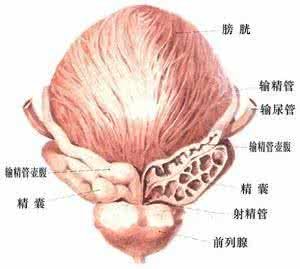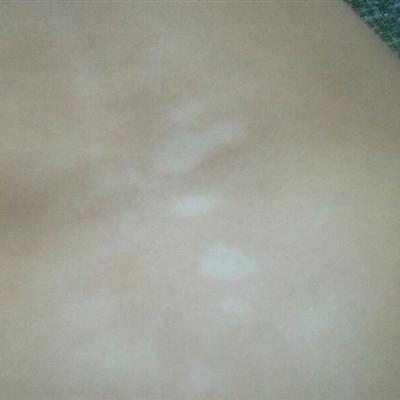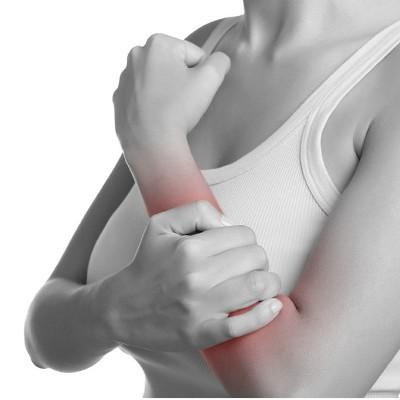What symptom does lumbar bone hyperplasia have?
summary
Lumbar hyperosteogeny, also known as hypertrophic spondylitis, proliferative spondylitis, lumbar spine spur, osteophyte, etc. It is a common degenerative osteoarthropathy, which is essentially a compensatory change. The course of the disease is protracted, lingering and difficult to cure. It has always been said that the doctor has a headache. Spine is one of the most heavy-duty bones in the human body. It bears too much pressure for a long time, which causes bone degeneration.
What symptom does lumbar bone hyperplasia have?
Lumbar and lumbar soft tissue pain, distending pain, stiffness and fatigue, and even limited bending. If the adjacent nerve root is compressed, it can cause corresponding symptoms, such as local pain, stiffness, posterior root neuralgia, numbness, etc.

Such as compression of the sciatic nerve can cause sciatic neuritis, limb severe numbness pain, burning pain, pumping pain, string pain, radiation to the whole lower limb. The early symptoms are mild, not easy to pay attention to, only for waist and leg pain, sometimes light and sometimes heavy, especially after sedentary, tired or get up in the morning when the pain is obvious, appropriate activities or rest to reduce.

When the intervertebral disc degeneration, vertebral deformation, relaxation between adjacent vertebral instability, activity conscious waist stiffness, pain and weakness. The osteophyte stimulation formed after degeneration can make the lumbar stiffness more obvious, which is heavier at rest, lightened after a little exercise, and aggravated after overwork.

matters needing attention
If the posterior edge of the vertebral body hyperplasia and lead to spinal stenosis, compression cauda equina, cauda equina compression syndrome, clinical intermittent claudication symptoms.
















